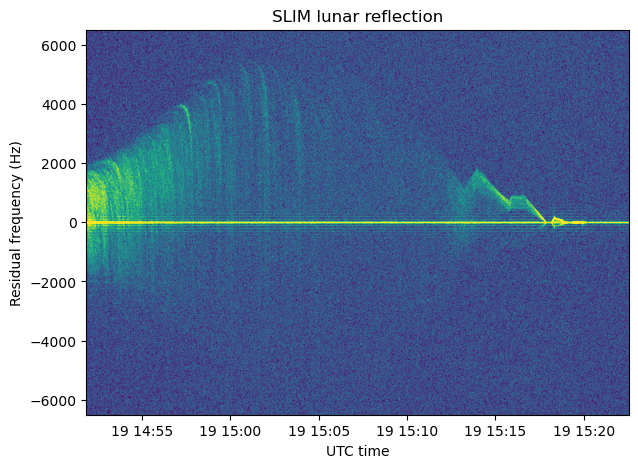ERMINAZ-1U and ERMINAZ-1V are upcoming 1P PocketQubes by AMSAT-DL that will be launched in Rocket Factory Augsburg first flight from SaxaVord (Shetland, UK) later this year, together with other PocketQubes from AMSAT-EA and Libre Space Foundation. The ERMINAZ-1 satellites are based on the Libre Space QUBIK design and use the same communications system. Recently I have added a decoder for the ERMINAZ-1 satellites to gr-satellites and tested it using some pre-flight recordings that the team has shared with me.
The QUBIK communications stack uses something know as OSDLP (Open Space Data Link Protocol), which was developed by Libre Space based on CCSDS. Unfortunately, there is not much documentation about OSDLP. The best I’ve found are these slides, which only speak about the Data Link and higher layers. A look at the QUBIK transceiver GNU Radio flowgraph that AMSAT-DL is using with these satellites, together with some gr-satnogs blocks used in the flowgraph has been quite useful to figure out how the Synchronization and Coding layer of QUBIK works. In the rest of this post I will document my findings.
